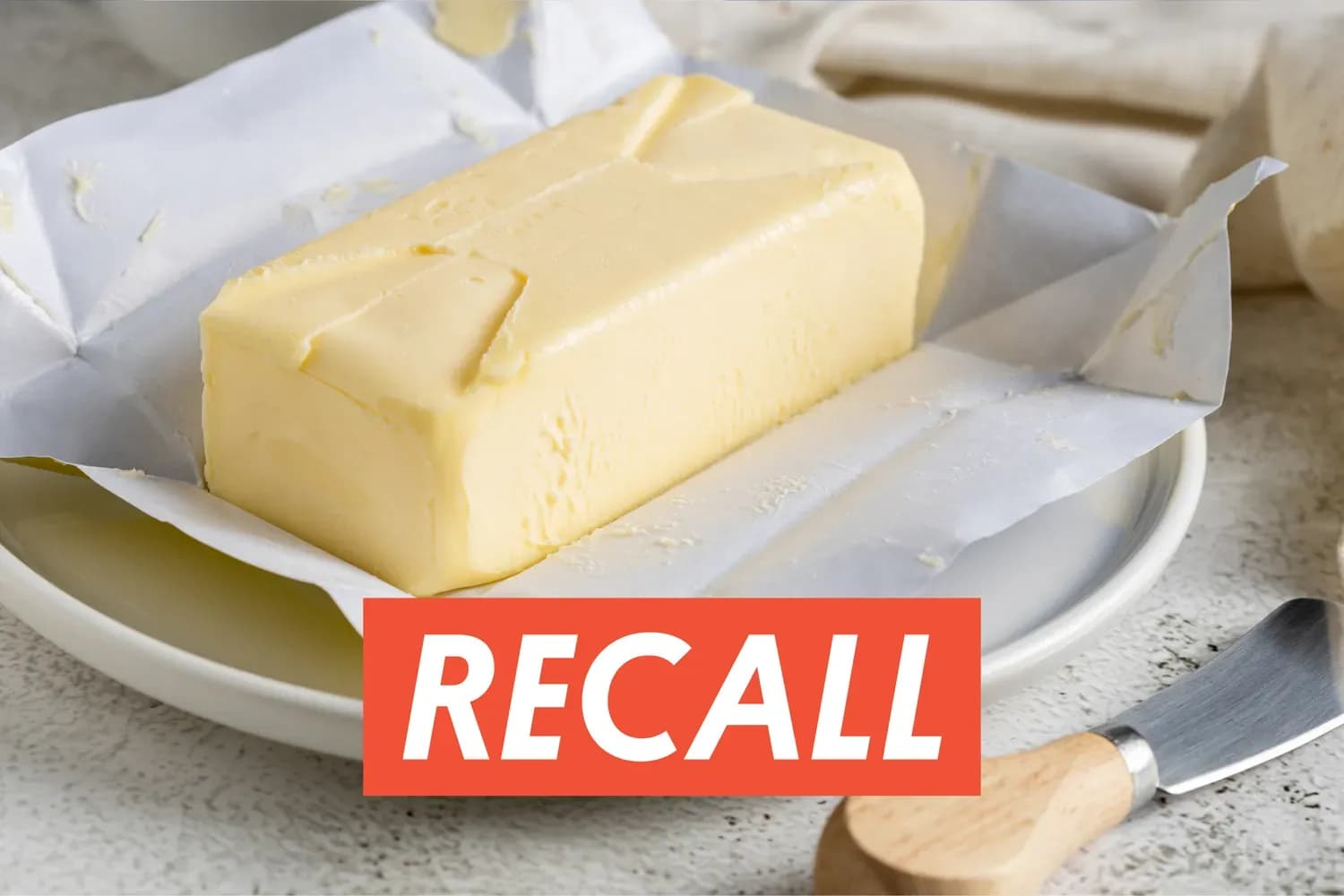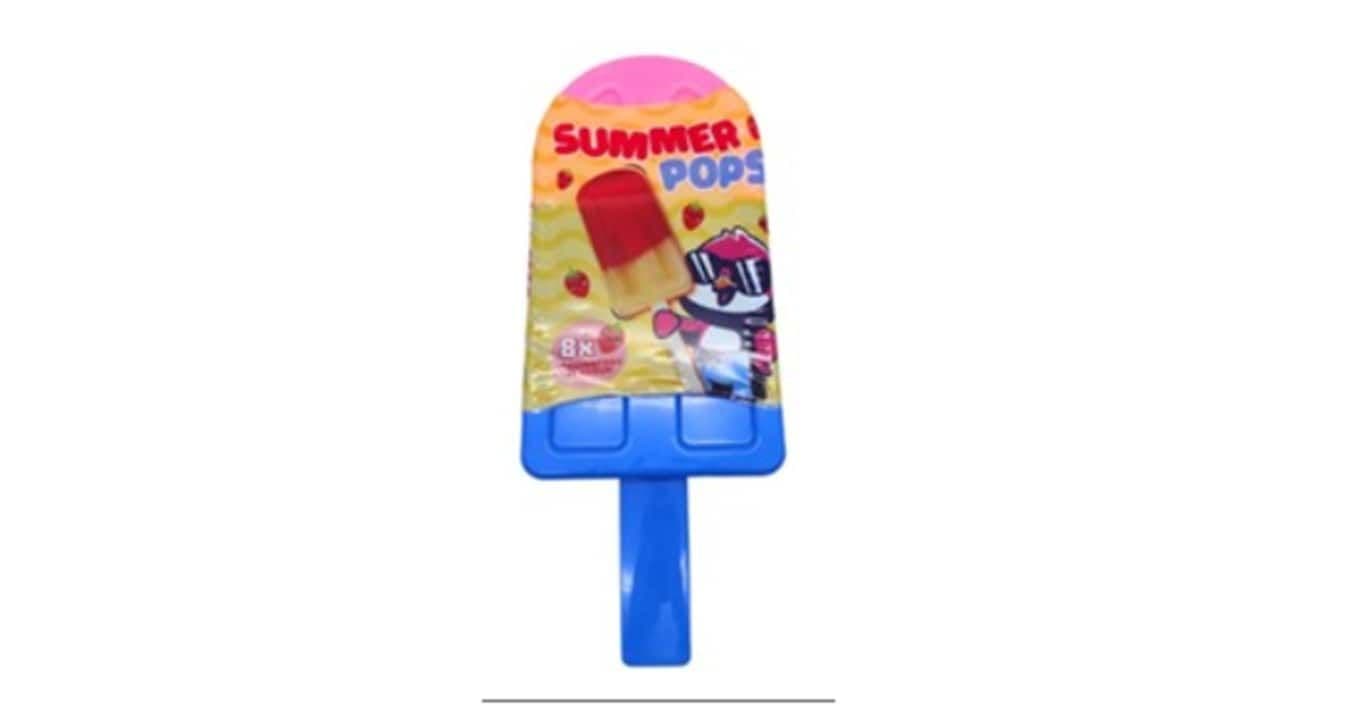The Unseen Dairy: What a Nationwide Butter Recall Reveals About Your Pantry's Hidden Risks
A nationwide butter recall for undeclared milk uncovers hidden pantry risks. Learn why this FDA alert matters for allergen safety & how to protect your kitchen.
The Butter Bulletin: Unpacking the Immediate Details
A recent nationwide alert has brought a common pantry staple, butter, under scrutiny, highlighting the ever-present need for consumer awareness in our complex food system. The issued a Class II recall for a significant quantity of NH European Style Butter Blend – specifically, 64,800 pounds of it. The Missouri-based company, , initiated this voluntary recall on July 14, with the FDA officially classifying the risk shortly thereafter. The core issue? Undeclared milk, a major allergen that poses a serious health risk to sensitive individuals. This particular product, identifiable by UPC code 1 00 78684 73961 2 and lot code 5064036503, was distributed in white paperboard cases, each containing 36 blocks of butter. Its reach was extensive, with cases shipped to 12 distribution centers across the and even one in the . While a recall notice might seem straightforward, the implications of such an oversight, even for a product deemed 'Class II,' stretch far beyond a simple product exchange.
Beyond 'Class II': The Real Allergen Risk Unveiled
The FDA's classification of this butter recall as 'Class II' suggests that the potential for adverse health consequences is 'temporary or medically reversible,' or that the 'probability of serious adverse health consequences is remote.' However, for the millions living with food allergies, this seemingly mild classification often belies a stark reality. , alongside eggs, fish, crustacean shellfish, tree nuts, peanuts, wheat, soybeans, and sesame, is one of the nine major food allergens legally required to be declared on labels. Accidental ingestion of an undeclared allergen, even in trace amounts, can trigger reactions ranging from relatively mild symptoms like hives and lip swelling to severe, life-threatening anaphylaxis, which can cause fatal respiratory problems. , a prominent allergy specialist, has underscored the gravity of these incidents, noting that every three minutes in the U.S., someone ends up in an emergency room due to accidental food ingestion. The incidence of anaphylaxis has skyrocketed by 300 to 400 percent over the past two decades, making every undeclared allergen a potentially critical threat, regardless of its 'Class II' designation.
From Farm to Fridge: Tracing the Undeclared Ingredient Mystery
The question naturally arises: how does an undeclared major allergen like milk end up in a product like butter blend, especially from a company like , a significant player in the food industry? While the immediate recall notice doesn't detail the precise breakdown in the supply chain, such incidents typically stem from systemic vulnerabilities rather than isolated mistakes. Possibilities include cross-contamination during manufacturing, where milk-containing ingredients are processed on shared equipment without adequate cleaning protocols. It could also involve errors in ingredient sourcing or labeling from a supplier, where an incoming component inadvertently contains milk and isn't properly identified. Or perhaps, a formulation change wasn't accurately reflected on the final product label. This particular butter blend, distributed in large quantities across a wide geographical area, suggests that the oversight occurred upstream in the production or packaging process, highlighting the intricate and sometimes fragile chain of custody that food products undergo from raw materials to our grocery shelves. Understanding these potential points of failure is crucial for both consumers and the industry.
Your Shield in the Kitchen: Essential Label Reading and Allergy Vigilance
Given the complexities of modern food production and the occasional slip-ups like the undeclared milk in butter, consumers, particularly those managing food allergies, must become their own first line of defense. The explicitly advises individuals with food allergies to meticulously read labels and avoid any foods they are allergic to. This isn't just a suggestion; federal law mandates that food labels clearly identify the source of all major food allergens. Yet, as this recall demonstrates, even with regulations in place, errors can occur. Therefore, cultivating strong label literacy is paramount. Always check ingredient lists, even for products you've purchased countless times, as formulations can change without significant fanfare. Familiarize yourself with all nine major allergens and understand how they might appear under different names. Beyond ingredients, be vigilant for advisory statements like 'may contain' or 'produced in a facility that also processes.' Your kitchen should be a safe haven, and proactive label scrutiny is your most effective shield against unexpected allergen exposures.

A Broader Brushstroke: Industry Accountability and Future Food Safety
While consumer vigilance is undeniably critical, the onus of food safety ultimately rests heavily on the shoulders of the food industry and regulatory bodies. The NH European Style Butter Blend recall, though a Class II event, serves as a potent reminder that even seemingly minor oversights can carry significant health risks and erode public trust. Companies like have a profound responsibility to implement and rigorously enforce robust quality control measures throughout their entire supply chain, from sourcing raw materials to final packaging. This includes stringent allergen management programs, thorough testing protocols, and clear communication channels with suppliers. Regulatory mechanisms, such as oversight and recall classifications, play a vital role, but the goal should always be prevention rather than reaction. Looking ahead, advancements in traceability technologies, stricter auditing protocols, and enhanced collaborative efforts between manufacturers, suppliers, and regulators will be essential to fortify our food supply chain. Only through a collective commitment to transparency and meticulous attention to detail can we truly minimize the hidden risks lurking in our pantries and ensure safer food for everyone.
Related Articles

Decoding Your Dairy: The Hidden Allergen That Triggered a Nationwide Butter Recall

Decoding Your Dairy: The Hidden Allergen That Triggered a Nationwide Butter Recall

More Than Just Butter: Decoding the Elevated Allergen Alert in Your Fridge

More Than Just Butter: Decoding the Elevated Allergen Alert in Your Fridge

From Pantry Staple to Public Hazard: The Unseen Vulnerabilities Behind the Tuna Recall

From Pantry Staple to Public Hazard: The Unseen Vulnerabilities Behind the Tuna Recall

Sweet Treat, Sour News: Unpacking the Vague Dangers of a Popular Ice Cream Recall
